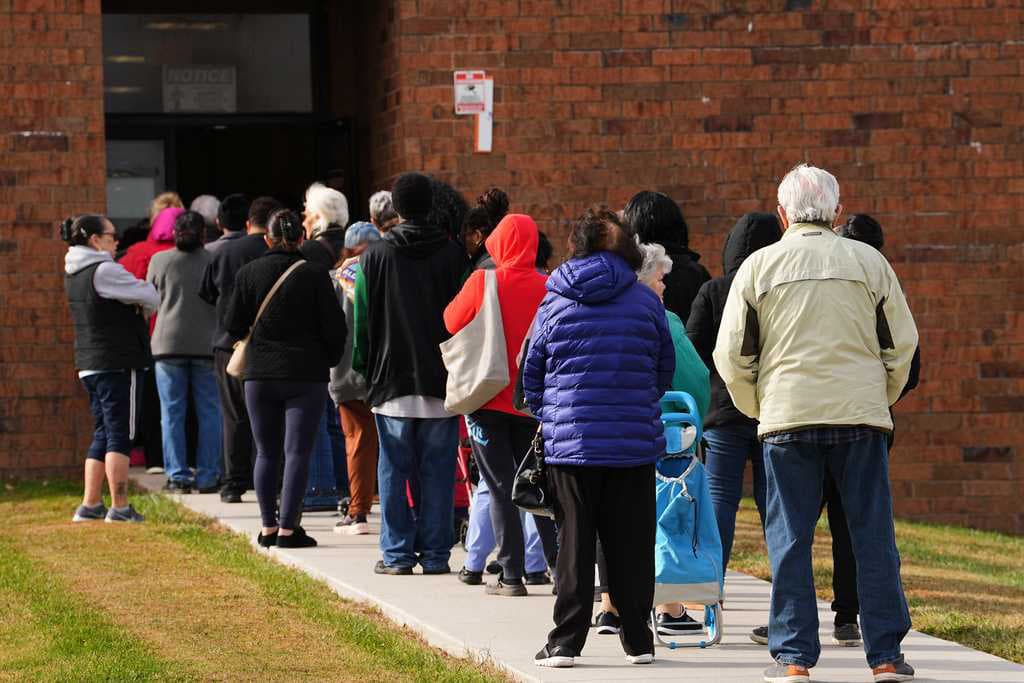U.S. Household Debt Soars to $18.39 Trillion as Student Loan Delinquencies Hit 12.9%
In a startling financial revelation, American household debt surged by $185 billion in the second quarter of 2025, reaching an unprecedented total of $18.39 trillion. This alarming statistic was reported by PYMNTS, citing data from the Federal Reserve Bank of New York. The surge in debt is largely attributed to rising mortgage loans and a notable increase in auto loans, while the resumption of student loan payments has led to a sharp rise in delinquencies.
Background & Context
The increase in household debt is a reflection of ongoing economic trends that have seen consumers turning to credit to maintain their lifestyles amid rising costs and inflationary pressures. Mortgage loans, which represent the largest segment of consumer debt, rose significantly, indicating that many Americans are still purchasing homes or refinancing existing mortgages despite higher interest rates. As of the second quarter of 2025, mortgage debt alone reached $12.94 trillion, underscoring the persistent demand for housing.
Moreover, the resurgence of student loan repayments has placed additional strain on borrowers. After a prolonged pause during the pandemic, the resumption of payments has highlighted the precarious financial situation for many graduates. The Federal Reserve"s data reveals that student loan delinquencies have skyrocketed to 12.9%, a stark contrast to the 0.8% recorded just a year prior. This trend raises concerns about the long-term financial health of millions of borrowers across the nation.
Key Developments
The most significant contributors to the increase in household debt include a surge in mortgage loans, which accounted for $131 billion of the total rise. This suggests that home purchases remain a priority for many, even in a challenging economic environment. In addition, auto loans saw a notable uptick, with new auto loan volumes reaching $188 billion, $22 billion more than the previous quarter. This growth reflects consumers" willingness to invest in vehicles, perhaps driven by the need for reliable transportation amidst fluctuating fuel prices and supply chain disruptions.
Credit card debt also played a role in the overall increase, with an additional $27 billion added to the total debt. The increase in total credit limits by $78 billion indicates that lenders are willing to extend more credit, potentially leading to greater consumer spending. However, this trend raises questions about the sustainability of such borrowing practices in the face of rising interest rates and inflation.
Broader Impact
The sharp rise in delinquencies, particularly in student loans, is alarming for both borrowers and the broader economy. With more than 2.2 million borrowers experiencing a credit score drop exceeding 100 points and 1 million seeing declines of 150 points or more, the financial repercussions could be severe. Lower credit scores can hinder access to future loans, increase interest rates, and limit economic mobility for those affected.
Experts warn that the spike in household debt could have cascading effects on the economy. As consumers grapple with higher debt levels and potential defaults, discretionary spending may decline, which could stifle economic growth. Additionally, financial institutions may tighten lending standards, further constraining access to credit for consumers and businesses alike. The current situation echoes previous economic downturns, where rising debt levels preceded significant financial crises.
What"s Next
As the U.S. economy navigates these turbulent waters, analysts will be closely monitoring consumer behavior and lending practices. The Federal Reserve"s approach to interest rates will be critical in determining how households manage their debt moving forward. Should rates continue to rise, the burden on borrowers could intensify, leading to an increase in defaults and further strain on the economy.
In the coming months, policymakers may need to consider strategies to alleviate the pressure on borrowers, especially as student loan repayments fully resume. The implications of these developments will be significant not only for individual households but for the overall economic landscape. For those interested in related coverage, see our report on Apple"s increased investments in the U.S. which may provide insights into job creation and economic growth during these challenging times.






![[Video] Lebanese Foreign Minister launches diaspora voter registration campaign](/_next/image?url=%2Fapi%2Fimage%2Fthumbnails%2Fthumbnail-1762640451054-cw0wko-thumbnail.jpg&w=3840&q=75)

